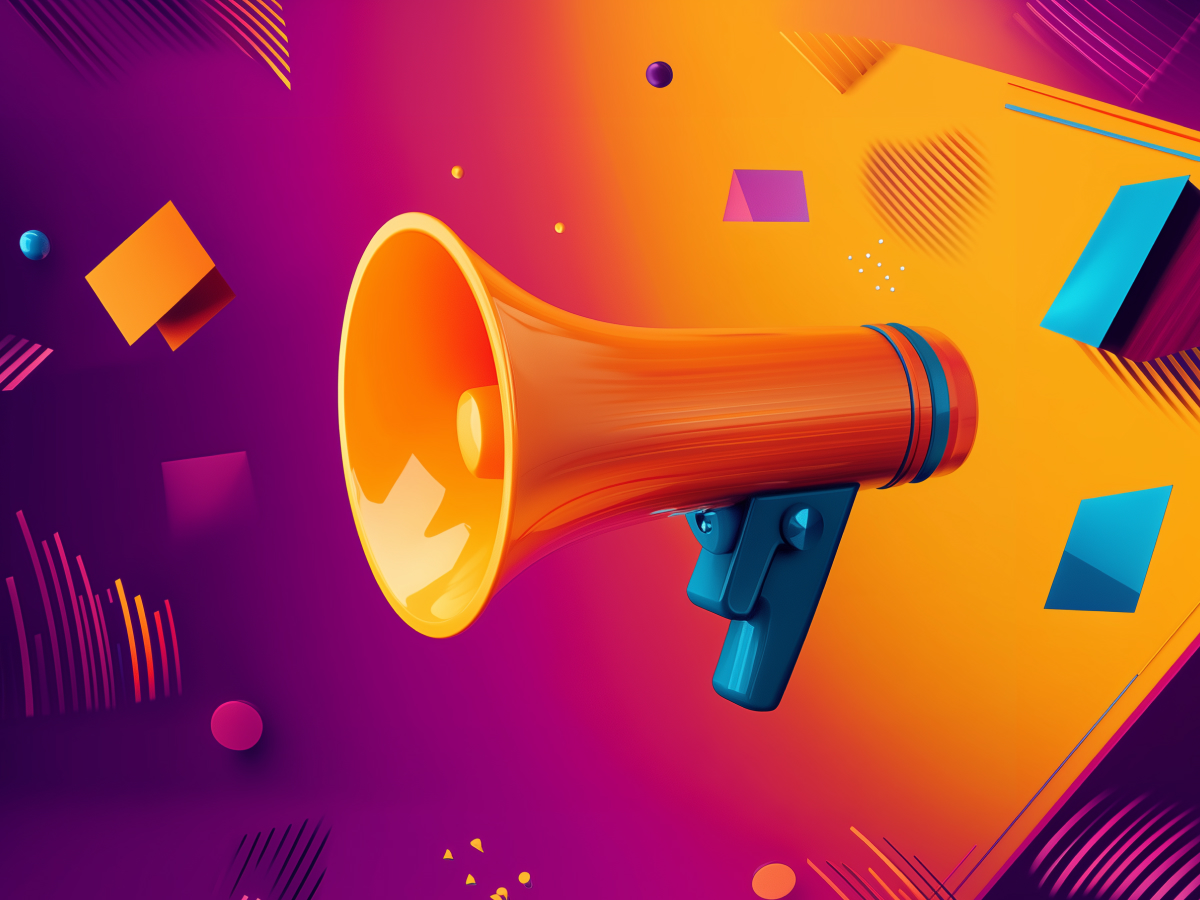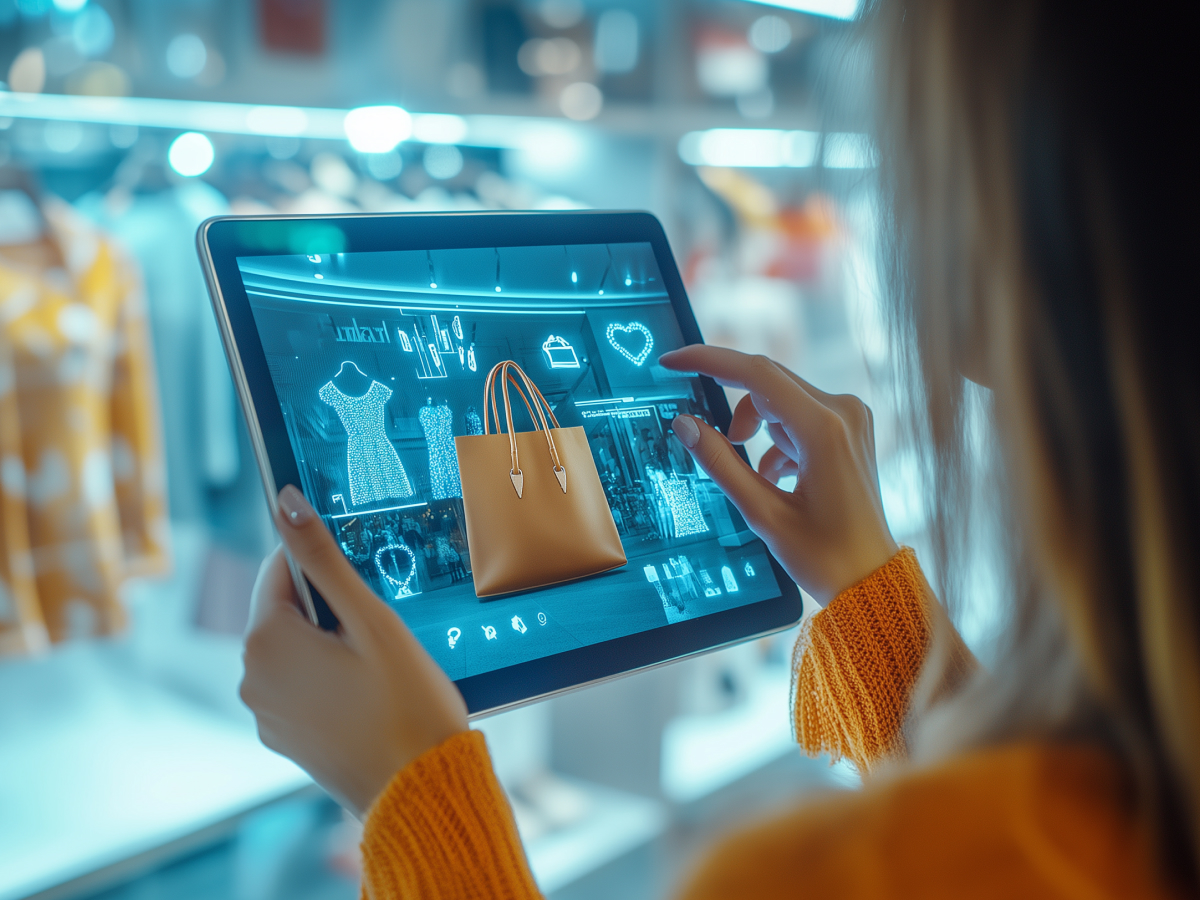LinkedIn is the most extensive professional network in the world, making it a central hub for B2B marketing. Companies use LinkedIn to connect with industry peers, generate high-quality leads, increase brand visibility, and position themselves as thought leaders in their fields.
Unlike more casual social media platforms, LinkedIn focuses on fostering professional relationships, which helps businesses directly engage with decision-makers and influencers.
Executives, sales professionals, marketers, and other key personnel converge on LinkedIn, creating a prime environment for B2B companies aiming to influence industry conversations and gain visibility. LinkedIn’s ability to facilitate targeted networking and its suite of business-focused tools make it an invaluable asset for businesses seeking sustained B2B growth.
What to trust and what to question with LinkedIn
While LinkedIn’s audience metrics paint a powerful picture, it’s important to consider the nuances in the data. A large portion of the reported 830 million accounts are business profiles or “ghost accounts,” impacting the actual number of individual users.
LinkedIn reports 199 million users from the U.S., representing two-thirds of the country’s population, but this figure includes business and inactive accounts, potentially skewing engagement metrics.
In terms of revenue, LinkedIn generated $5.91 billion from ads in 2022 and is projected to reach $10.35 billion by 2027. These projections underscore LinkedIn’s growing influence in the advertising space, although businesses should remain mindful of potential data inflation.
Who’s on LinkedIn and how they use it
LinkedIn boasts over 830 million users worldwide, with 70% located outside the United States, yet, The United States holds the highest number of LinkedIn users, surpassing 180 million. India, China, and Brazil are next in line, each with rapidly growing user bases.
LinkedIn claims approximately 310 million Monthly Active Users (MAU), with 40% logging in daily.
Understanding LinkedIn’s unique culture and communication style
LinkedIn promotes a polished, professional environment where posts often resemble formal press releases. Unlike casual social media platforms, LinkedIn favors a conservative approach to interaction, where users avoid direct criticism of competitors. Instead, many use a subtle, positive tone to distinguish their brands, making LinkedIn an ideal platform for companies and individuals with a well-defined, professional image.
The LinkedIn lingo you need to know
LinkedIn has a specific jargon that shapes the user experience:
- Engagement: Any user interaction, from likes to comments, broadly grouped under “engagement.” For marketers, understanding these engagement metrics can offer insights into brand visibility.
- Influencers: High-follower users who impact opinions and choices within their networks.
- Decision-makers: Individuals with authority to approve purchases, a valuable demographic for B2B marketers.
- Opinion leaders: Participants in LinkedIn’s Top Voices program, which recognizes users with meaningful contributions and influence across the platform.
These terms give insight into LinkedIn’s ecosystem, helping businesses better identify and target their ideal audience.
Key LinkedIn tools to drive your marketing strategy
The Company Page is a brand’s virtual storefront, providing a platform for visibility, content distribution, and audience engagement. A well-crafted Company Page does more than just showcase a brand, it strengthens search engine ranking and creates an authentic connection with the audience.
- Optimization: A properly optimized Company Page improves SEO, making it easier for potential clients and partners to discover the brand.
- Content strategy: The content on the Company Page should cater to the audience’s interests, focusing on industry news, thought leadership articles, and blog posts rather than dry press releases. Active engagement through comments and responses also contributes to a community-centered image, which can build trust and brand loyalty.
Making the most of LinkedIn Ads for targeted marketing
LinkedIn Ads provide businesses with a flexible advertising platform, offering several ad formats:
- Sponsored content: Extends the reach of organic posts, positioning them before a larger audience.
- Text ads: Simple, straightforward text-only ads appearing in users’ feeds.
- InMail ads: Sponsored messages sent directly to users, for personalized communication.
- Dynamic ads: Personalized ads based on user interests, typically featuring images or profile details.
- Thought leader ads: Posts by employees or industry experts labeled as “Promoted by [company],” achieving 2.3x higher click-through rates than standard ads.
- Live event ads: Tailored ads promoting live events, using 30-second sneak previews or event-linked Thought Leader Ads to attract attendees.
Alongside this, LinkedIn also gives organizations access to targeted ad options, including:
- Demographics: Age, gender, location, and job title.
- Interests: Groups joined, pages followed, and topic engagement.
- Company information: Target by size, industry, or seniority level.
- Behavioral insights: Track users who have visited your website, submitted lead forms, or attended events, refining your audience for increased ad performance.
Targeting tools help businesses reach the most relevant audiences, driving engagement and boosting ROI.
Top LinkedIn marketing tips to stay ahead of the curve
Create video content to capture attention
Video content is LinkedIn’s fastest-growing format, with a 34% year-over-year increase in uploads. LinkedIn’s B2B audience increasingly turns to video, with 63% of B2B buyers citing short videos as influential in their purchasing decisions. This format offers a compelling way for brands to engage audiences and share complex messages quickly.
Use influencer content to build trust
Influencer-led content can be highly persuasive in the B2B sector, where 67% of buyers find it essential during the consideration phase. Unlike other platforms, LinkedIn’s influencer ecosystem prioritizes expertise, with 53% of B2B buyers valuing influencers for their subject knowledge, which helps build credibility and trust.
Use polls to spark engagement
Polls are a straightforward yet effective tool for audience interaction on LinkedIn. When prompting users to engage with quick questions, polls can deliver valuable insights into audience preferences, driving both engagement and feedback in an accessible format.
Boost visibility with smart hashtag use
Hashtags on LinkedIn can increase post reach by connecting content to industry conversations. Researching relevant hashtags keeps content aligned with current trends, though marketers should be aware that hashtag popularity is slowly declining.





